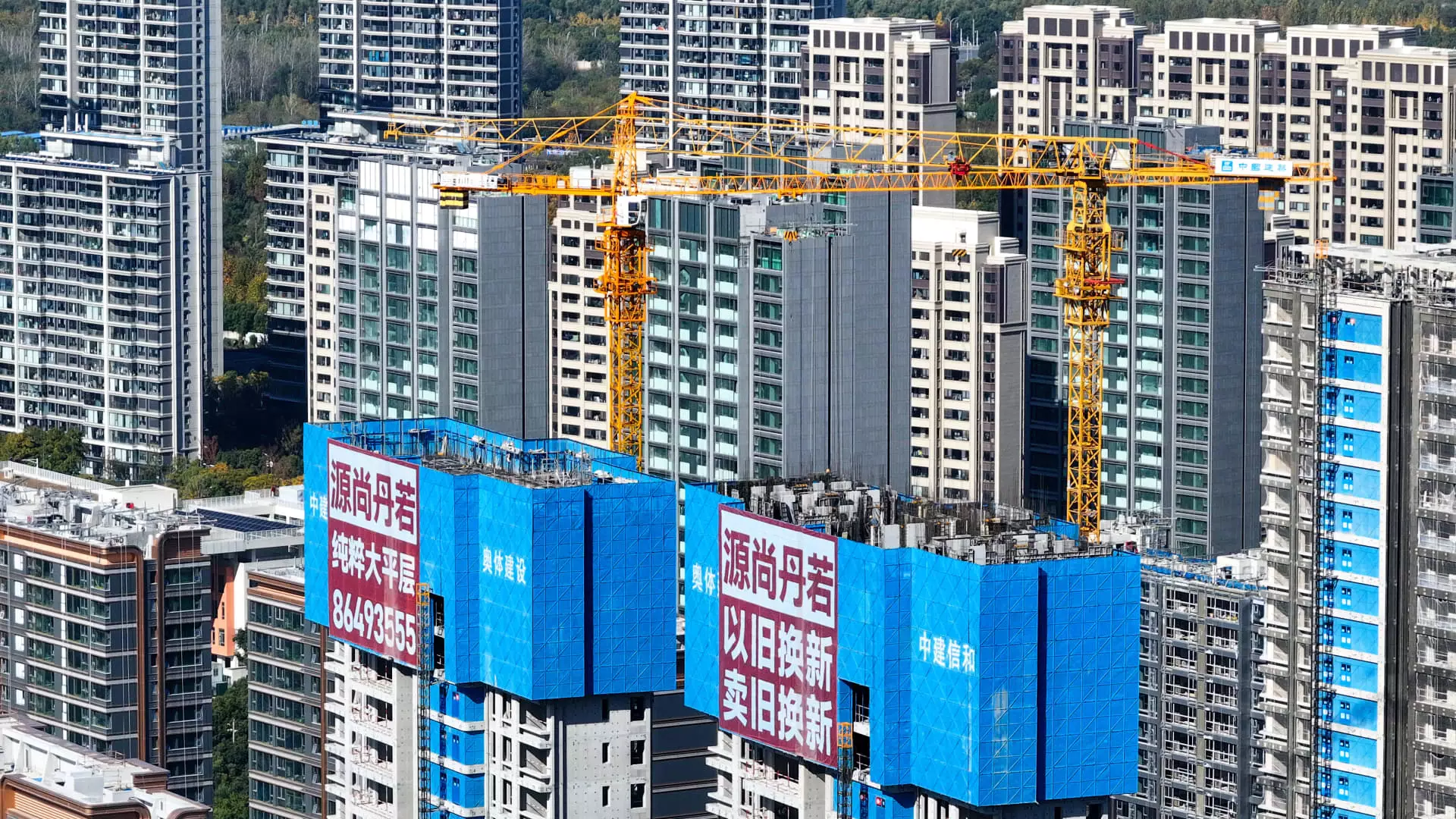China’s economy, the second-largest in the world, is currently navigating a complex landscape of economic challenges and opportunities. As the Chinese government rolls out stimulus measures aimed at revitalizing growth, the reported outcomes fall short of expectations, indicating a gradual recovery rather than an explosive resurgence. This article delves into the dynamics of China’s recovery efforts, analyzing the signals from various sectors and the broader implications for the economy.
In late September, the Chinese government announced a series of stimulus initiatives designed to bolster economic growth. These measures predominantly target critical sectors like real estate and manufacturing, with the intention of delivering a noticeable impact by year’s end. However, the latest data suggests that these efforts are yet to yield a comprehensive effect on the economy. Companies across various industries have expressed a cautious optimism, suggesting that while improvements are evident, they are not robust enough to signal a quick turnaround.
Take, for instance, Meituan, a major player in China’s food delivery and travel booking sectors. During a recent earnings call, its executives acknowledged a decline in hotel order value compared to previous months, reflecting sluggish consumer confidence despite the governmental support. CFO Shaohui Chen articulated a sentiment that resonates throughout the sector: while there is hope that the stimulus will gradually nurture consumer spending, immediate impacts are less pronounced.
Earnings reports from other giants, such as Alibaba and Tencent, corroborate this trend of tempered expectations. These companies echoed similar sentiments regarding the stimulus measures, emphasizing a need for patience as the effects unfold. The incentives provided by the government are not yet sufficient to translate into increased consumer activity or business expansion, raising questions about the timing and efficacy of these measures.
A notable takeaway from these reports is the assessment of governmental priorities. Increasingly, observers highlight technological self-sufficiency and national security as paramount concerns for China’s leadership. This perspective is supported by comments from analysts like Gabriel Wildau, who noted the government’s commitment to a measured approach in stimulus implementation, emphasizing caution over radical interventions.
Preliminary economic indicators for November reveal a nuanced picture. While the Caixin purchasing managers’ index (PMI) hinted at expansion in manufacturing activity, with a notable reading of 51.5, the official PMI barely crossed the neutral threshold at 50.3, indicating a landscape fraught with uncertainty. Furthermore, employment in manufacturing continues to contract, signifying that the economic stimulus has yet to permeate the labor market. Wang Zhe, a senior economist, emphasizes that while the downturn appears to be stabilizing, the path ahead is beset with challenges, particularly from external factors.
This mixed bag of indicators raises questions about the sustainability of any growth achieved. The backdrop of increasing tensions with the U.S., especially concerning trade restrictions on Chinese tech firms, complicates the picture further. The ongoing geopolitical frictions pose significant risks to China’s economic stability, with experts suggesting that foreign policy will increasingly overlap with economic strategy.
According to a recent survey by the China Beige Book, despite some positive signals in retail spending and home sales, consumer sentiment overall remains fragile. The report highlights that many firms are cautiously optimistic but require further assurances of continued support from the government. This cautious optimism is mirrored in the actions of China’s Ministry of Finance, which has hinted at additional fiscal support in the following year, reflecting an understanding that without sustained intervention, recent improvements may not endure.
As the country approaches its annual economic planning meeting, stakeholders will be eager to understand the direction of future policies. The integration of supportive measures tailored to mitigate the persistent uncertainties dominating the economic landscape will be crucial in retaining momentum going into 2025.
While China’s efforts to stimulate growth offer glimpses of potential recovery, the broader reality remains one of cautious optimism. The road ahead is complex, characterized by the interplay of domestic initiatives and international dynamics that will shape the trajectory of China’s economic resurgence.

